The rapid development of passive management over the past 20 years has caused profound upheavals in the mutual fund industry. Under the ETF banner, a multitude of similar-looking products have thus developed. Along with this expansion, a false rhetoric opposing active management to ETFs often develops. Marlène Hassine Konqui, member of the SFAF ETF commission , discusses the myths in this debate, which prevent optimal investment decisions from being made.
Myth 1: ETF stands for passive management
It’s wrong.
There are actively managed ETFs. In 2021, more than half of new ETFs issued in the United States were actively managed ETFs. The first actively managed ETFs in the bond segment date from 2008, then from 2014 on the equity market. In 2019, US regulations authorized a new type of ETF more suited to active management, semi-transparent or non-transparent ETFs, which do not have the same transparency obligations as traditional ETFs. However, these ETFs are not yet authorized in Europe.
In total, these actively managed ETFs represent 4% of outstanding ETFs worldwide, mainly in the United States. However, flows have accelerated and represent 10% of ETF flows worldwide since the start of 2021, compared to less than 4% 5 years ago. Within bond ETFs, it is even almost 17% of flows in 2021 for 10% of outstandings.
Myth 2: Passively managed assets are now higher than actively managed assets
This is only partially true.
In the United States, passive management represents 51% of equity asset management and 31% of bond asset management.
In Europe, passive management represents 31% of equity asset management and 17% of bond asset management.
Myth 3: Passive management flows mean exits from active management
It’s wrong.
In the United States, it is a fact for equities but not for bonds: in equities, passive funds recorded 2.5 trillion euros inflows while active funds registered 1.5 trillion euros. euros of outings over the past 10 years. In bonds, passive funds recorded 1.1 trillion euros in inflows and active funds 1.3 trillion euros in inflows over the same period.
In Europe, this is neither the case for equities nor for bonds: in equities, the collection of passive funds amounts to 686 billion euros and that of active funds to 451 billion euros over the last 10 years. Passive bond funds raised 442 billion euros and active funds totaled 1.3 trillion euros over the same period.
Myth 4: The share of passive management in asset management is equal to the share of passive management in financial markets
It’s wrong.
Assets under management should not be confused with market capitalization. Worldwide, passive equity funds outstanding amount to 9,000 billion euros, or 11% of global market capitalization. Passive bond funds worldwide amount to 2.5 trillion euros, or 3% of the global bond market capitalization.
Passive funds around the world represent 45% of outstandings in equity management and 34% of outstandings in bond management.
Myth 5: Over the long term, 15% of active managers outperform passive management
It’s wrong.
The 15% figure used by the market is inaccurate because it does not take into account all of the funds present over the entire period, such as funds that have expired or new funds. Taking them into account, it is not 15% but 44% of active funds on average across all universes that have outperformed ETFs over their respective lifetimes.
Myth 6: Passive funds outperform active funds in all universes and over all periods
It’s wrong.
An overview of the performance of asset classes and categories reveals that the results between active and passive management are decidedly mixed. Active managers perform in some categories and passive managers perform in others. In addition, the performance of fund managers also depends on period and market cycles.
The performance comparison between active management and ETFs since the start of 2021 once again shows mixed performance between active and passive funds depending on the zones and market phases. This confirms that both active and passive management have a role to play in optimizing portfolio performance.
Myth 7: Passive funds outperformed during the Covid-19 crisis
This is incorrect.
The Covid-19 crisis has allowed both management styles to demonstrate their resilience. Active managers confirmed their ability to seize market opportunities while ETF management also successfully passed the test of this crisis without major liquidity problems.
The Research department at BSD Investing has demonstrated the ability of active management to outperform during bear markets. In fact, 62% of active managers have managed to outperform passive management in declining markets over the past 20 years (analysis carried out on funds domiciled in Europe, on 31 universes ranging from equities to bonds). Only 31% did so during bull markets. The Covid-19 crisis confirmed this analysis, with 59% of active managers outperforming.
Conclusion
False beliefs are what keep us from reaching our maximum. In the active management / ETF by analogy debate, false beliefs are those that prevent investors from building an optimal portfolio. Knowing how to sort between myths and realities is essential for every investor to make optimal decisions.
Source: Morningstar, BSD Investing, proprietary database. Calculations between 9/30/2011 and 9/30/2021.
Article first published on the website of the French Financial Analyst Society (SFAF) on December 17th, 2021 ETF / active management: between myths and reality(2)
Marlene Hassine Konqui




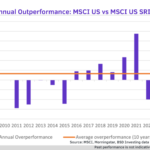


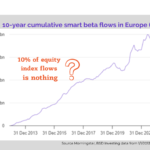

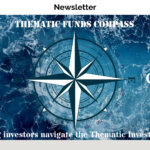
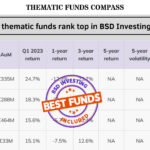
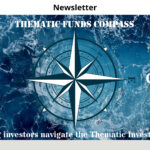

Leave a Reply
You must be logged in to post a comment.